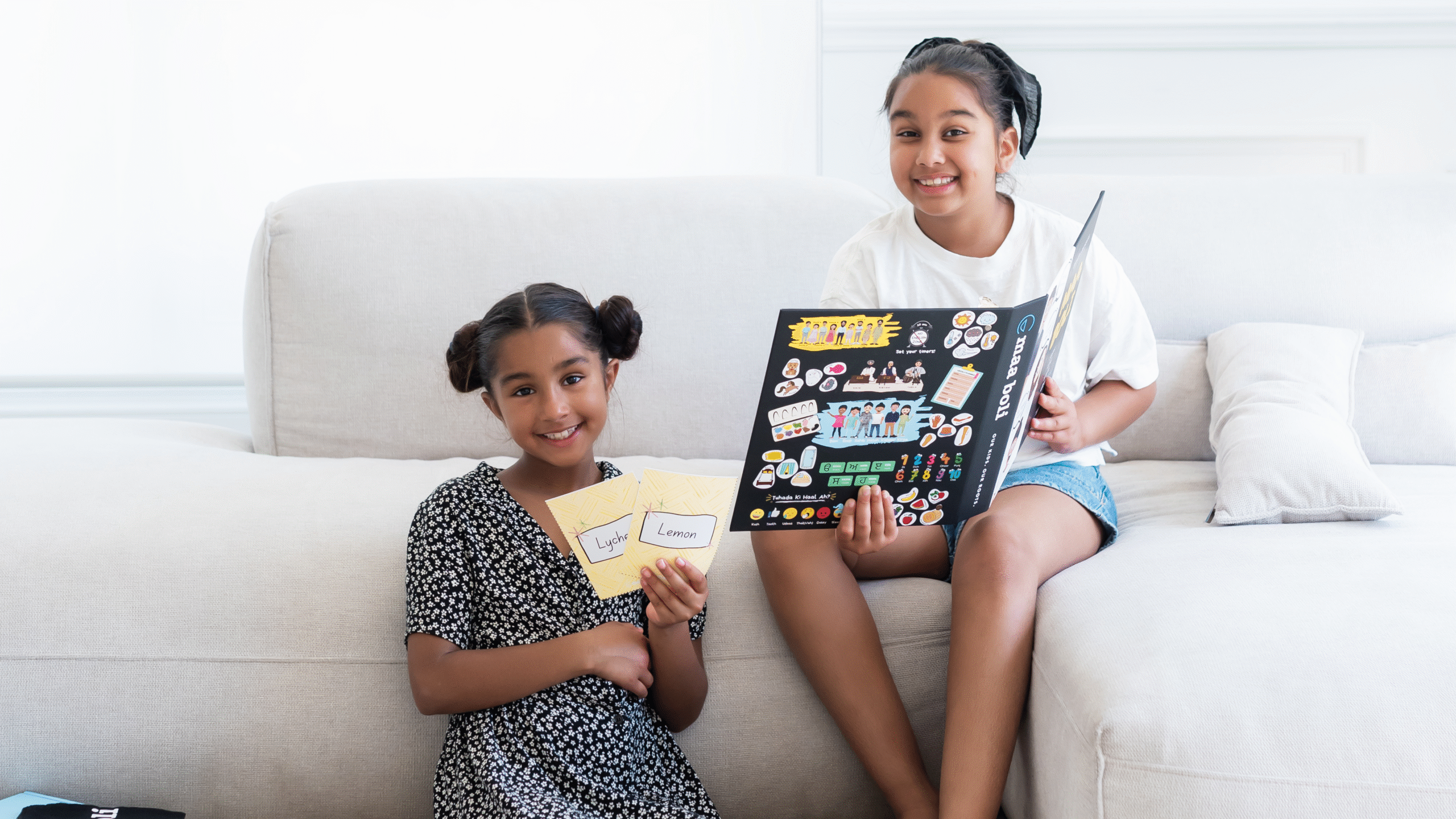
THE ROLE OF CONVERSATION IN LANGUAGE LEARNING
“Reading and writing float on a sea of talk.” – James Britto
Many traditional language learning programs are good at teaching students how to read and write. Their students may master grammar conventions and sentence structures. Perhaps they become punctuation experts.
But despite all that, they still can’t speak the language in the real world.
Language learning programs that teach the formal rules of a language often neglect a very important point: knowing a language is different from being able to speak it.
In the real world, you don’t need perfect grammar or flawless handwriting to use a language in your daily life. You only need to be able to speak it and be understood.
At Maa Boli, we know that conversation and connection are at the heart of language. So, we design our programs with the value of verbal practice in mind. After all, all language is rooted in orality and we need strong roots to grow.
Conversation-based language learning programs offer numerous benefits:
The importance of talking practice and conversation in the language learning process is widely established in the scientific discourse. Research on language competence establishes that students who learn through talking practice often perform better than those that learn without. Many linguists agree that real language competence goes beyond knowing the rules of a language and requires knowing how to communicate in the language. These communication skills develop through practice!
Conversation is also playful and interactive. Children get to relax and explore the language. They don’t need to be afraid of making mistakes. They can just play with the language in a safe and relaxed environment. Conversation gives them a safe space to embrace their curiosity and apply what they learn without fear of failure. Rather than passively consuming the language, they actively engage with it to produce meaning.
Every real-world interaction includes a social component; conversation practice takes that into account. Instead of focusing on the proper way of saying something, we focus on how people actually communicate. In the real world, we don’t speak perfectly. We speak to express and connect. Through speaking, we also learn to listen. That can’t be learned from books alone. Our communicative approach to language learning creates opportunities for students to interact and enjoy the learning process.
Learning a new language can be difficult and daunting. It’s especially disappointing when you spend months or years studying a language, but you can’t speak it. Worse, you may find yourself anxious and hesitant to even try speaking. Starting with speaking practice builds self-confidence and prevents anxiety from holding language learners back. Through practicing in a forgiving environment, students feel capable of actually using the language in their everyday life.
Conversation is interactive, intuitive, and empowering.
Most importantly, a conversation is real.
You don’t just learn grammar, vocabulary, and sentence structure.
Conversation puts them in context.
It gives them life and meaning.
It gives students the skills to put all that knowledge together and express themselves in the real world.
Through this experience, they learn more than just the letters and the words. They learn the boli.